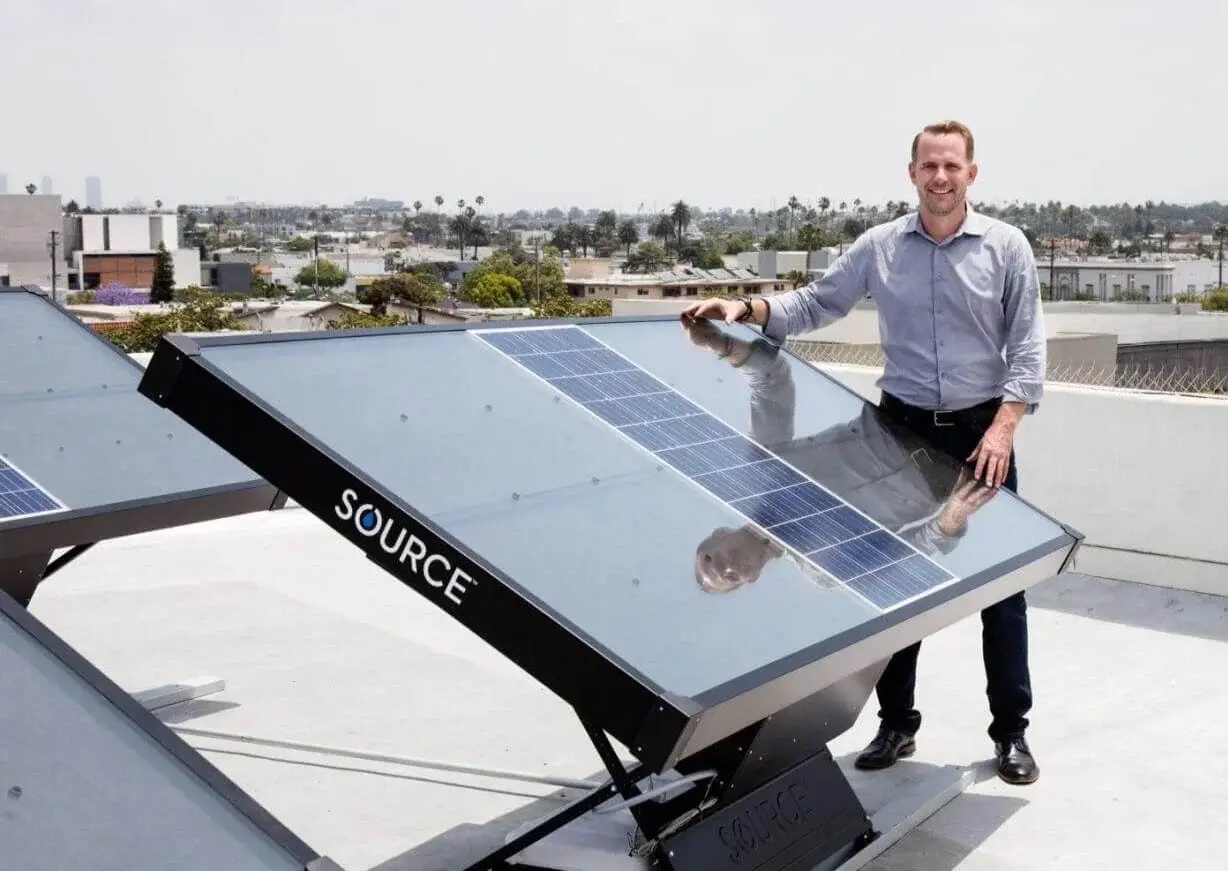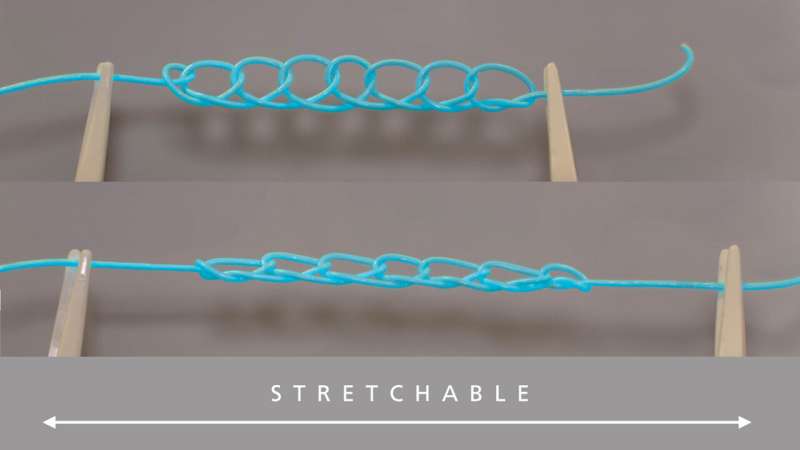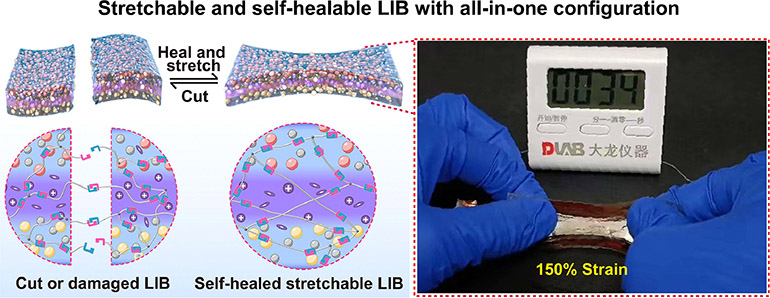MagicLab, a Chinese robotic startup founded in December 2023, has made significant strides in humanoid robotics by introducing a fleet of advanced robots designed for industrial environments. The company, also known as Magic Atom Robotics Technology, has demonstrated its cutting-edge MagicBot humanoid robots performing a variety of complex tasks in a factory setting.
In a recent video, the MagicBots showcased their versatility by executing multiple operational tasks including product inspection, material handling, parts picking and placing, scanning, and warehouse management. The robots’ most impressive feature is their ability to collaborate efficiently, with multiple units working together in synchronized operations.
Continue reading… “Chinese Startup MagicLab Unveils Collaborative Humanoid Robots for Industrial Applications”












